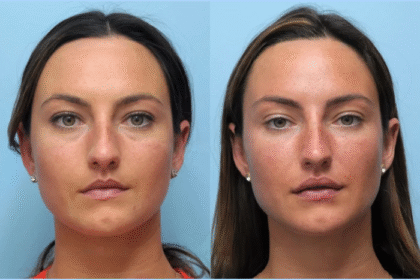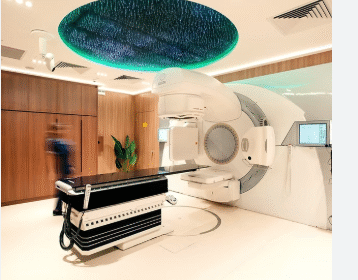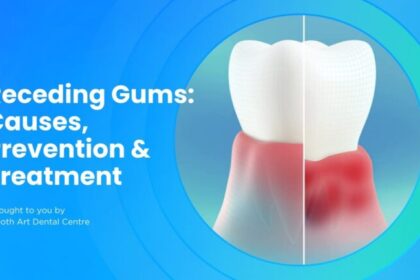Chemotherapy is a powerful treatment used to combat various forms of cancer. While it can be lifesaving, one of its most visible and distressing side effects for many individuals is hair loss. This happens because chemotherapy targets rapidly dividing cells, which include not only cancer cells but also healthy cells like those in the hair follicles. As a result, hair may fall out from the scalp and other parts of the body during treatment. Let’s delve into Hair Transplant Dubai.
Is Hair Loss from Chemotherapy Permanent?
In most cases, chemotherapy-induced hair loss is temporary. Hair usually begins to grow back a few weeks or months after treatment ends. However, the regrowth can sometimes be thinner, different in texture, or uneven. For some individuals, especially those who received higher doses or specific types of chemotherapy, hair may not return as fully as before, leading to permanent thinning or patchy baldness.
When to Consider a Hair Transplant
Hair transplant procedures are often explored by those looking for a long-term solution to visible hair thinning or balding areas that have not recovered post-chemotherapy. A transplant involves relocating healthy hair follicles from a denser area of the scalp to the areas affected by hair loss. It’s typically considered once hair has stopped shedding and new growth has stabilized, which indicates that the scalp is ready for the procedure.
Who is a Suitable Candidate for Hair Transplant After Chemotherapy?
Not everyone who experiences chemotherapy-related hair loss will require or qualify for a transplant. It depends on several factors including:
The extent of permanent hair loss
Availability of healthy donor hair
Scalp condition and healing post-treatment
Overall health status
If enough healthy hair remains in donor areas, such as the back or sides of the scalp, transplant options may be viable. Those whose hair has returned but in a different density may also choose a transplant to improve uniformity.
How Hair Transplants Work Post-Chemotherapy
The procedure follows the same basic principles as in other types of hair loss. Follicles are extracted from areas with thicker hair and are then implanted into the areas with noticeable thinning. These implanted hairs are expected to grow naturally over time and provide a fuller appearance.

Benefits of Hair Transplant for Chemotherapy Survivors
A hair transplant can offer more than just cosmetic enhancement. It may also support emotional and psychological healing after cancer treatment. Some of the benefits include:
Improved self-image
Increased confidence in social settings
Restoration of pre-treatment appearance
Natural-looking hair regrowth over time
Emotional Impact and Hair Restoration
Hair loss due to chemotherapy can have a profound emotional effect. It often serves as a visual reminder of a difficult chapter in life. Rebuilding hair through a transplant can contribute to a sense of closure and help individuals feel like themselves again. It’s not just about hair—it’s about healing and reclaiming personal identity.
Things to Consider Before Choosing a Hair Transplant
Timing is important. It’s essential that chemotherapy is fully completed and the body has had time to recover. The scalp should be free from irritation or sensitivity, and general health should be stable. A comprehensive assessment is often done to determine whether the hair loss is likely to improve further or has reached a stable stage.
What to Expect from the Results
Hair transplant results do not appear overnight. Patience is key. In the months following the procedure, the transplanted hairs will gradually begin to grow. With proper care and a stable health condition, the regrowth will often blend well with natural hair. While outcomes can vary, many people find that the changes are noticeable and satisfying over time.
Common Questions About Hair Transplants After Chemotherapy
Will the Transplanted Hair Grow Normally?
Yes, once the follicles are transplanted successfully, they behave like normal hair. They grow at a natural rate, can be washed and styled, and will typically match the texture of surrounding hair.
Can Hair Transplants Be Done Immediately After Chemotherapy?
It is generally advised to wait until the body has fully recovered from treatment and hair loss has stabilized. Rushing into a procedure too soon may lead to less predictable results.
Is Hair Transplant the Only Option for Chemotherapy Hair Loss?
Hair Transplant in Dubai is one of several restorative options. Some individuals may choose to embrace their natural regrowth or use temporary cosmetic solutions, while others opt for surgical restoration for long-lasting outcomes.
How Long Does It Take to See Full Results?
Full results from a hair transplant typically take several months to become visible. Most people see noticeable changes within six to twelve months after the procedure, with hair continuing to improve in density and appearance over time.
Does Hair Transplant Work for Everyone After Chemotherapy?
Results can vary based on individual conditions. The presence of healthy donor hair and the overall condition of the scalp play a key role in determining success. A detailed evaluation helps determine the likelihood of favorable outcomes.
A Journey Toward Renewal
For many individuals, hair loss is one of the most emotionally challenging parts of the chemotherapy journey. While not everyone will require a hair transplant, those who do often find that it helps bridge the gap between treatment and restoration. It’s more than just growing hair back—it’s about restoring normalcy, confidence, and a sense of self.
Hair may not define a person, but its return after a long battle can feel like a step toward healing. A hair transplant can be a powerful option in that journey, offering hope, renewal, and a chance to move forward with confidence.



